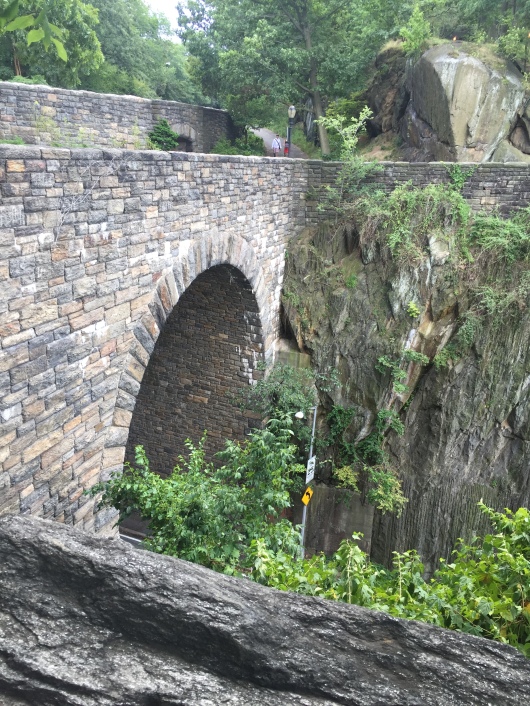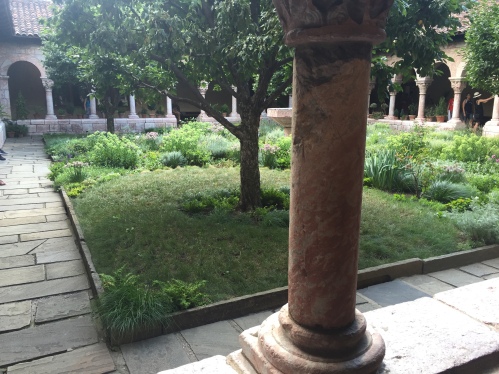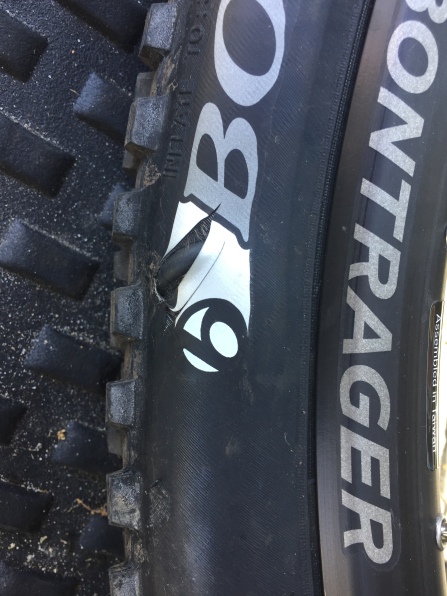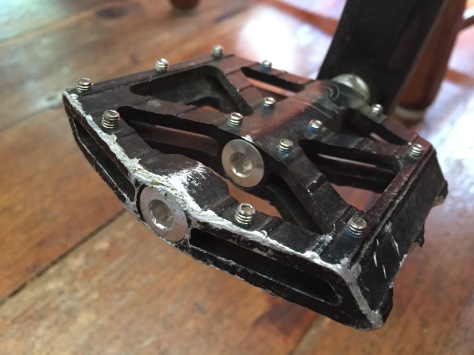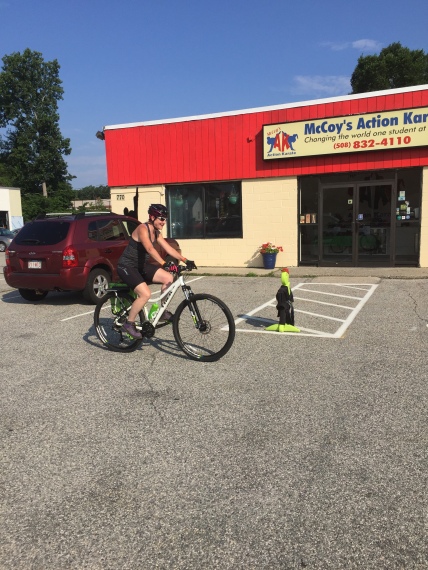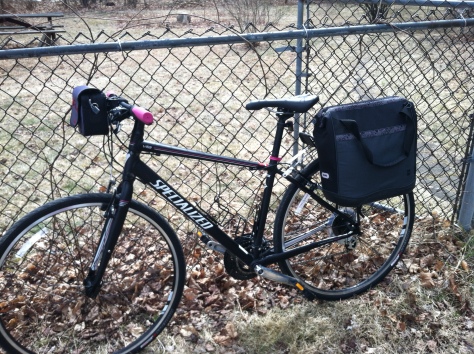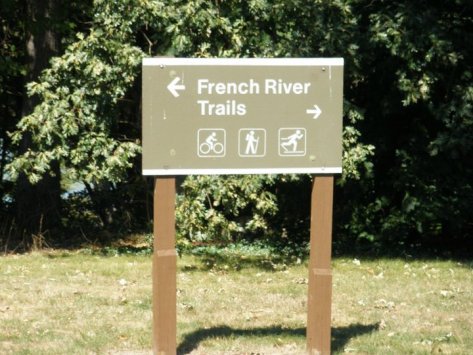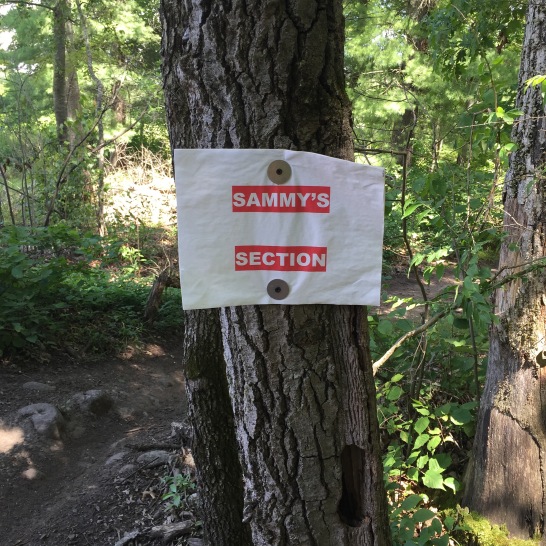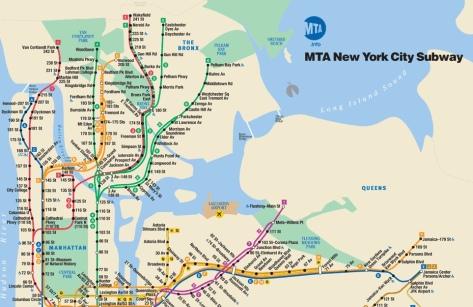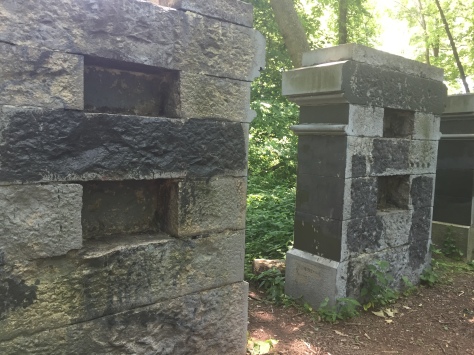A few weeks ago, at Relay for Life, a couple of my adult students asked me about blisters. One of them had been walking all night, and had blisters on her feet. She wanted to know how to get rid of them. I told her that I couldn’t help once she had blisters, but that I could help her prevent them the next time.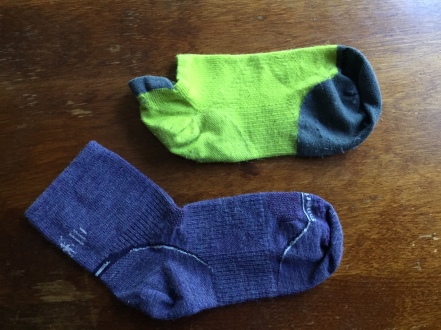
In my first few years of trail racing, I suffered from many blisters, especially after running in the wet, and from a few lost toenails. The solution to both of these problems is shoes and socks. I could go on forever about the need for the least amount of shoe possible, and the need to stay away from the evil marshmallow shoes, but that’s a topic for another day. You can read here how to find the best fit. Most people are surprised to find that their shoes are really too small. The easiest way to fit shoes, is to know that you need to be able to fit the width of your thumb between the end your your big toe and the front tip of your shoe. 
And socks. Forget everything you were taught about white cotton athletic socks. Cotton is about the worst material for socks, as it holds water, from sweat, rain, or puddles, and then all that wet fabric rubs against your skin and makes blisters. And white socks just look silly, especially tall ones. Socks should be either black to hide the trail dirt, or the brightest colors you can find (personal preference :D). And they should never be made of cotton. Wicking polyester is good, along with nylon, spandex, and a bit of acrylic. I like thin socks, thick ones ruin ground feel. Here are some examples of good socks. 
Please try not to buy your socks in 12 packs at a big box store. The price seems good, but they will wear out quickly, give you blisters, and slide down into your shoes (I hate that!!!). Better to spend a bit more money and buy good socks. There are a few nice Coolmax socks to be had at the local big box, but this is my favorite place to buy socks. Sign up for the mailing list, they send coupons. These black socks are my favorites for running, and the blue ones for biking. They are both made by Wigwam (in the USA). My favorite socks for karate, and just walking around, are the Smartwools pictured at the top of this post.
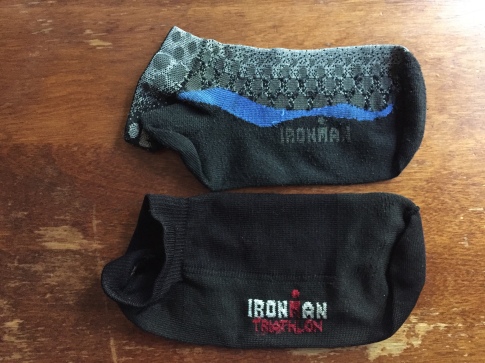
So, find yourself some great socks, and some well fitting shoes. Then go outside and play! The weather is still pretty nice.

